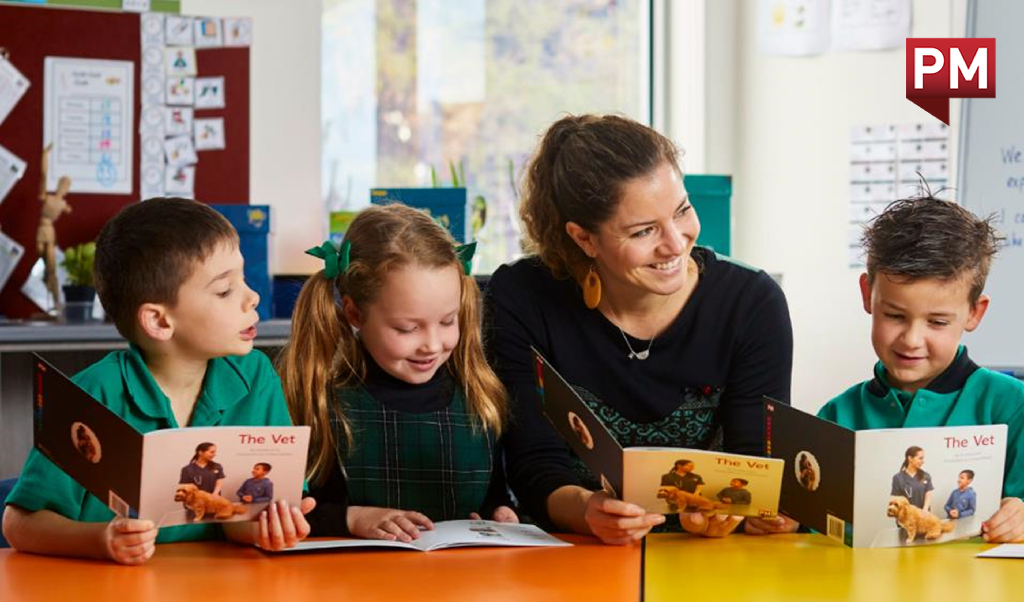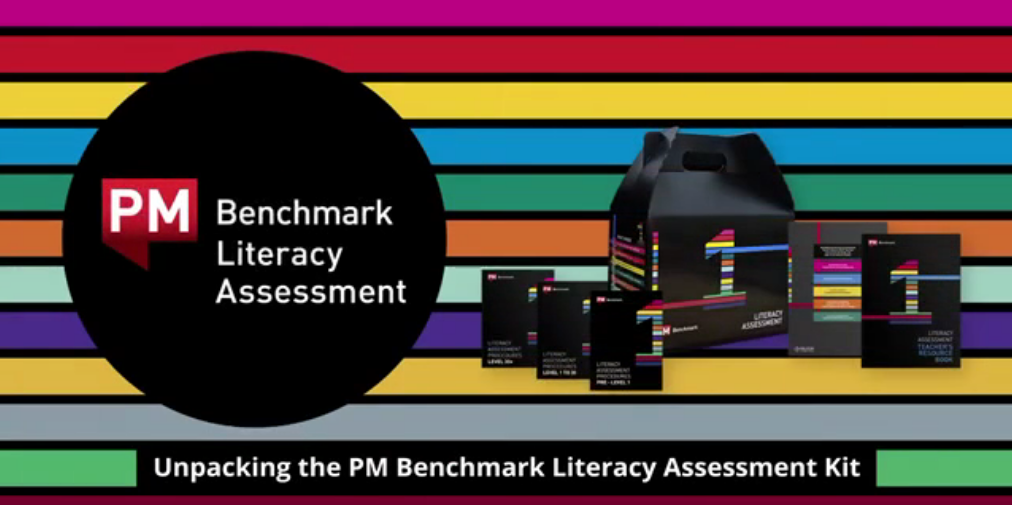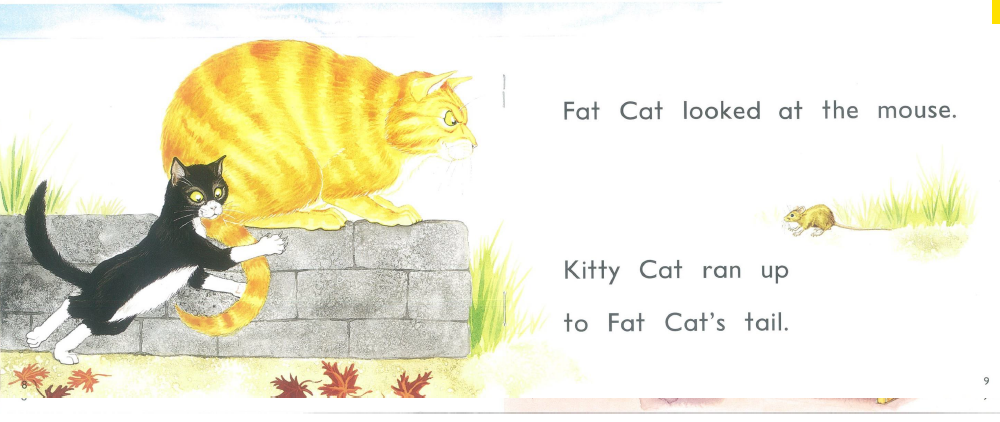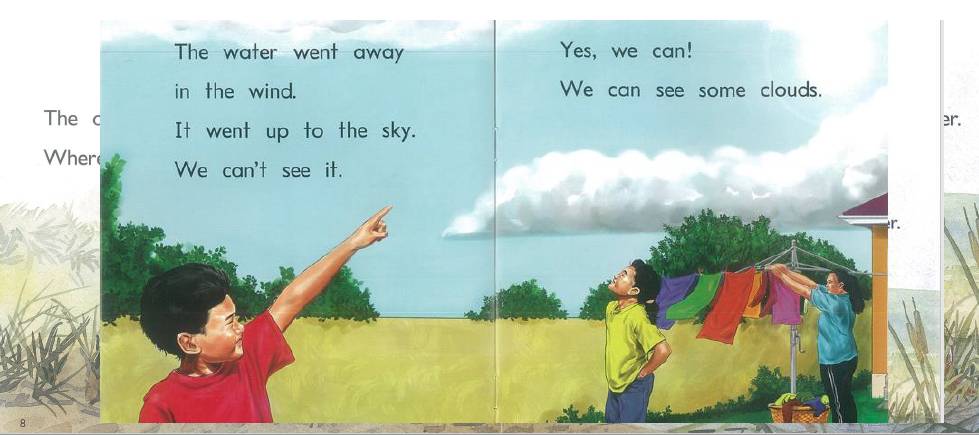

In recent years, levelled reading has attracted a lot of attention in the education industry, children's publishing industry, and literary circles.
PM Readers have a development history of more than 70 years in western countries, and it is almost deemed as an essential path for every young learner to fall in love with reading in English-speaking countries.
Concordia's ultimate goal in learning vocabulary and grammar through reading English is to equip children for lifelong learning and to become well-rounded and balanced readers.
PM Rating System Appears
at Concordia Library

"What is PM Readers?"
The PM Readers is the largest and most finely levelled reading program in the UK.
Six Features of
PM Readers
1. Long History
PM Readers is a levelled reading program with a long history. The first PM reader was published in 1964, and since then it has been developed and improved for over half a century.
2. A wide Range of Uses
▫PM Readers is widely used as mandatory reading materials in primary school classrooms in Australia and New Zealand, with more than 90% of schools using them. In the United States of America, PM books are used in approximately 80% of primary schools.
▫PM Readers is currently the largest and most well-graded series of reading materials in the UK
▫In China, the PM Readers was initially purchased and introduced by international schools. Gradually, many bilingual schools and training institutions in China also started using them as classroom teaching materials or graded reading books for after-school reading programs.

3. Scientific Classification
The scientifically rigorous grading system is divided into 30 levels, ranging from Level 1 to Level 30, based on the concept differentiation of balanced readership.
It includes over 2,000 picture books with broad themes and rich content. The level of each book reflects its scientific rigor and progressive difficulty.
Level 1-14 (Emergent&Early)
The difficulty level increases slightly between levels 1-14, but the reading intensity is relatively low, making it suitable for helping beginners adapt and build confidence.

Level 15-24 (Developing&Consolidating)
The difficulty level increases moderately between levels 15-24, allowing young readers to gradually experience the joy of conquering challenges.

Level 25-30 (Extending&Advanced)
The difficulty level increases significantly between levels 25-30, efficiently expanding readers' vocabulary and knowledge of sentence structures.

4.
Carefully Controlled
Content Design
Each book in the PM series is designed by English language education experts according to the PM grading standards, taking into account factors such as article length, vocabulary level, grammatical complexity, and unfamiliar word proportion.
The books are designed specifically based on these grading standards rather than simply categorizing existing books into levels.
Article Length
The length of each levelled article is carefully controlled to serve different reading goals. Beginners can start with short stories of 40 words and gradually develop a sense of direction in reading. More advanced readers will begin to try longer articles of over a thousand words, which enriches their breadth of reading and helps them construct a complete knowledge system.
Vocabulary Design
The design of reading materials for PM at all levels is rigorously based on the cognitive load theory to ensure that young readers can comprehend 90-94% of the words while reading.
Additionally, high-frequency vocabulary will be repeatedly presented in a series of books at the same level, which serves to trigger readers' reading memory and reinforce comprehension, as well as guide the learning of new words that account for the remaining 4-10%.
Furthermore, PM graded reading is committed to cultivating students' ability to learn reading strategies while reading.
It helps to develop students' reading literacy, such as the ability to acquire high-frequency words, deduce meaning from pictures and contextual clues, connect reading and writing processes, exercise students' critical thinking skills, and enhance visual literacy.
5. A Wealth of Reading Content
Type of Article
The articles cover a wide range of topics and diverse writing styles. The topics and content are suitable for children's cognitive development, ranging from science, mathematics, natural sciences, social studies, arts, etc., constantly accumulating knowledge for readers beyond English language skills.
In addition, each colour level must include non-story reading materials, covering reports, explanations, poetry, letters, etc., allowing young readers to start using English in the real world from Level 1.
Illustration Design
The graphics and text are closely integrated with rich colours and immaculate styles, accurately conveying the meaning of the article, helping to better understand the text, and guiding readers to "guess words through pictures" when encountering new vocabulary.
5. PM Benchmark
Literacy Assessment
Advantages
▫The assessment maintains a one-on-one, face-to-face interaction between the student and teacher, which helps ensure a balanced reading level.
By using this assessment, significant benefits arise, including a more complete and realistic reflection of the child's strengths and weaknesses in reading. These encompass aspects such as vocabulary, comprehension, reasoning abilities, fluency, and retelling capacity. Accurate level placement is then achieved, facilitating a more solid, efficient, and targeted approach towards developing a child's future reading literacy.
From Leaf Ye
PM guided readering actually cover the full range of reading stages from picture books to bridge books to text books, progressively developing children's reading skills.
Our Concordia
Under IB education, we pursue a personalised approach to teaching and learning, which is based on the premise of understanding the child's level and then helping students to improve on an individual basis.
At Concordia, we fully integrate the best of Chinese and foreign educational practices, and the library's PM Readers can be more systematically integrated into the teaching framework under the IB curriculum in such a way that children can enjoy learning, learn well and become true lifelong learners.
Concordia International School Ningbo serves students from age 3 to age 18 and provides a rigorous, globally focused education that fosters inquiry, knowledge empathy, and nurtures a lifelong love of learning.
Concordia International School Ningbo
+86(0)574 8807 6699
No.18 Guangfu street,Yinzhou District,Ningbo
Concordia International School Ningbo All right reserved.

朱经理
86-139-8933-7302